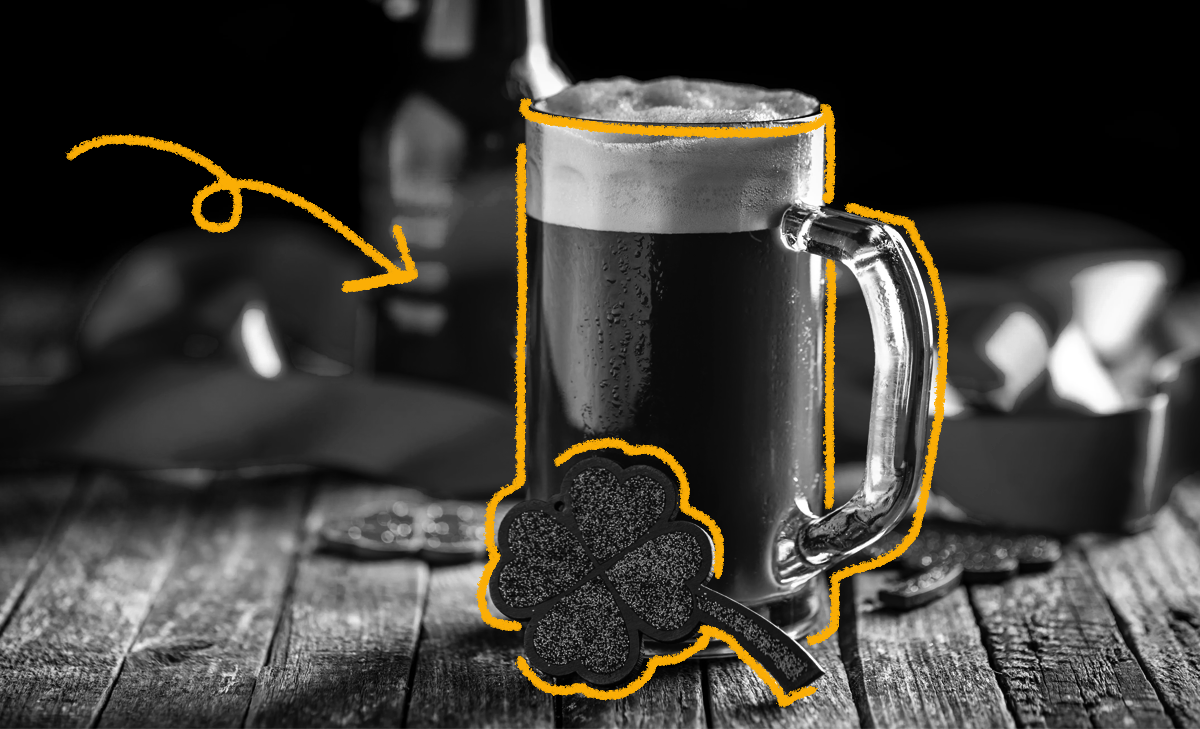St. Patrick’s Day is observed each year on the anniversary of St. Patrick’s death, which is believed to have been on March 17, 461. The celebrations began in Ireland around the 9th or 10th century. For many years, the celebrations were primarily religious – in fact, you may be surprised to learn that up until the 1970s, Irish laws mandated that pubs be closed on the saint’s feast day. And in fact, the first St. Patrick’s Day parade took place in America, not Ireland. The event was held in 1601 in what is now St. Augustine, Florida. About a century later, in 1772, homesick Irish soldiers marched in New York City on St. Patrick’s Day to honor the Irish patron saint. Enthusiasm for St. Patrick’s Day parades in major American cities like New York, Chicago, Savannah, and Boston only grew from there. Aside from parades, another famous American tradition is the annual dyeing of the Chicago River on March 17th, which began in 1962 after city workers used a green vegetable dye to trace sewage and realized it would make a great way to celebrate St. Patrick’s Day. While St. Patrick’s Day was once celebrated mainly by the Irish, today people from all backgrounds participate in the festivities and many areas have their own local traditions such as parades, food, music, and parties. The day is often a celebration of Irish pride, but it started out as a religious holiday.

Your go-to guide for weird history facts
Subscribe to the FREE daily email that makes learning about history fun.


